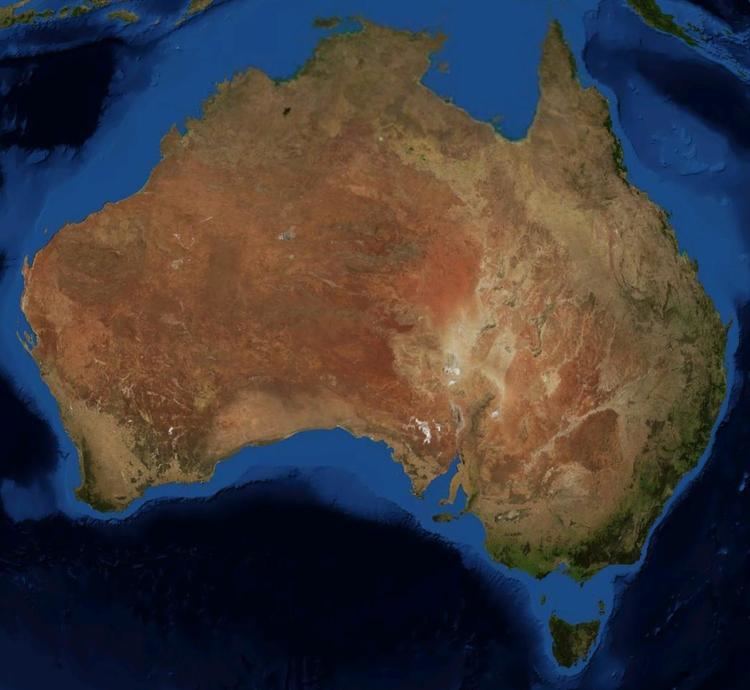 | ||
Closing the gap is a term used in Australian society, referring to the inequalities in Aboriginal culture that creates a gap between Indigenous and non Indigenous Australians. The average age of death of an Aboriginal male is 11.5 and woman 9.5 years less than the average white Australian, this is a major example that there is a gap that needs to be closed in our society to get rid of Aboriginal inequalities. The main cause of this is lack of knowledge in health education and lack of funding going towards proper health systems being installed into rural communities where aboriginals are living.
Contents
Health
With such a difference in life expectancy between Indigenous and non Indigenous Australians shows that there is a massive issue of lack of health system, Aboriginals living in their rural communities do not have access to hospitals or medical help unless having to travel long distances to get there, this cost Aboriginals in need money that they do not have which leaves them avoiding the health system altogether. Without medical help on hand people will be left without any knowledge of what is wrong and will not be taught anything that the doctors can share with them. The lack of health services is definitely contributing to the life expectancy gap, as Australians living in cities have 24-hour access to doctors and nurses allowing them to constantly monitor their health which makes them live a healthier lifestyle which leads to living longer.
According to the Australian and New Zealand Journal of Public Health, with improvement to nutrition will make a good difference in closing the gap (2014).
Indigenous Australians living in poorer or rural areas, in comparison to those living at the top end of the socioeconomic hierarchy will experience low standards of heath due to the fact that they have little to no access to health services. Aboriginals who can’t afford to live in cites or major towns will have minimal access to health services resulting in living an unhealthy lifestyle which as statistics have shown lead to a shorter lifespan.
Education
A major facet of lower life expectancy of Aboriginals is due to the lack of education and knowledge in health education, Aboriginals living in isolated communities living off the land don't have the opportunity to send their children to school to learn the health risks in life, therefor growing up being unaware of the damaged they are doing to themselves by not having the correct health regimes. Studies have shown that it is crucial for indigenous children have access to health education to have any chance at reducing the gap between life expectancies.
Indigenous Australians who are uneducated will not have correct knowledge and understanding of health precautions that should be taken, for example people living in higher social classes are taught and surrounded by advertising the proves the use of tobacco will cause fatality, where as the Australian Bureau of Statistics show us that smoking was still more than twice as common among Indigenous adults than among non-Indigenous adults in 2008.
Mitigation efforts
Many campaigns are being held by politicians in the Australian government to motivate people to work together to close the gap. In 2008 Kevin Rudd and Health Minister Nicola Roxon signed a statement of intention to close the gap, this has been funded by the government to develop a long termed action plan that is targeted at health services to achieve health equality and life expectancy equality for Aboriginals and Torres Strait Islanders. As of 2015 these campaigns are still running.[1]
